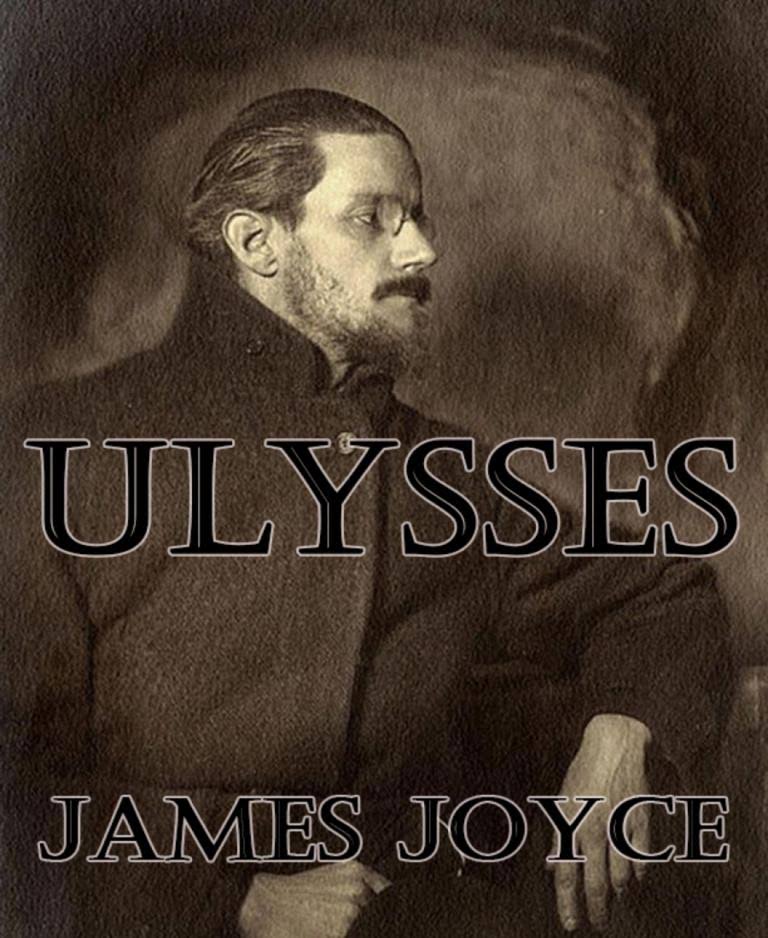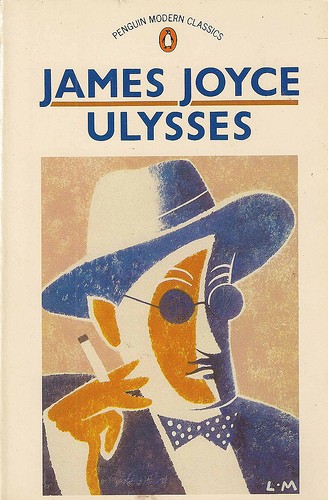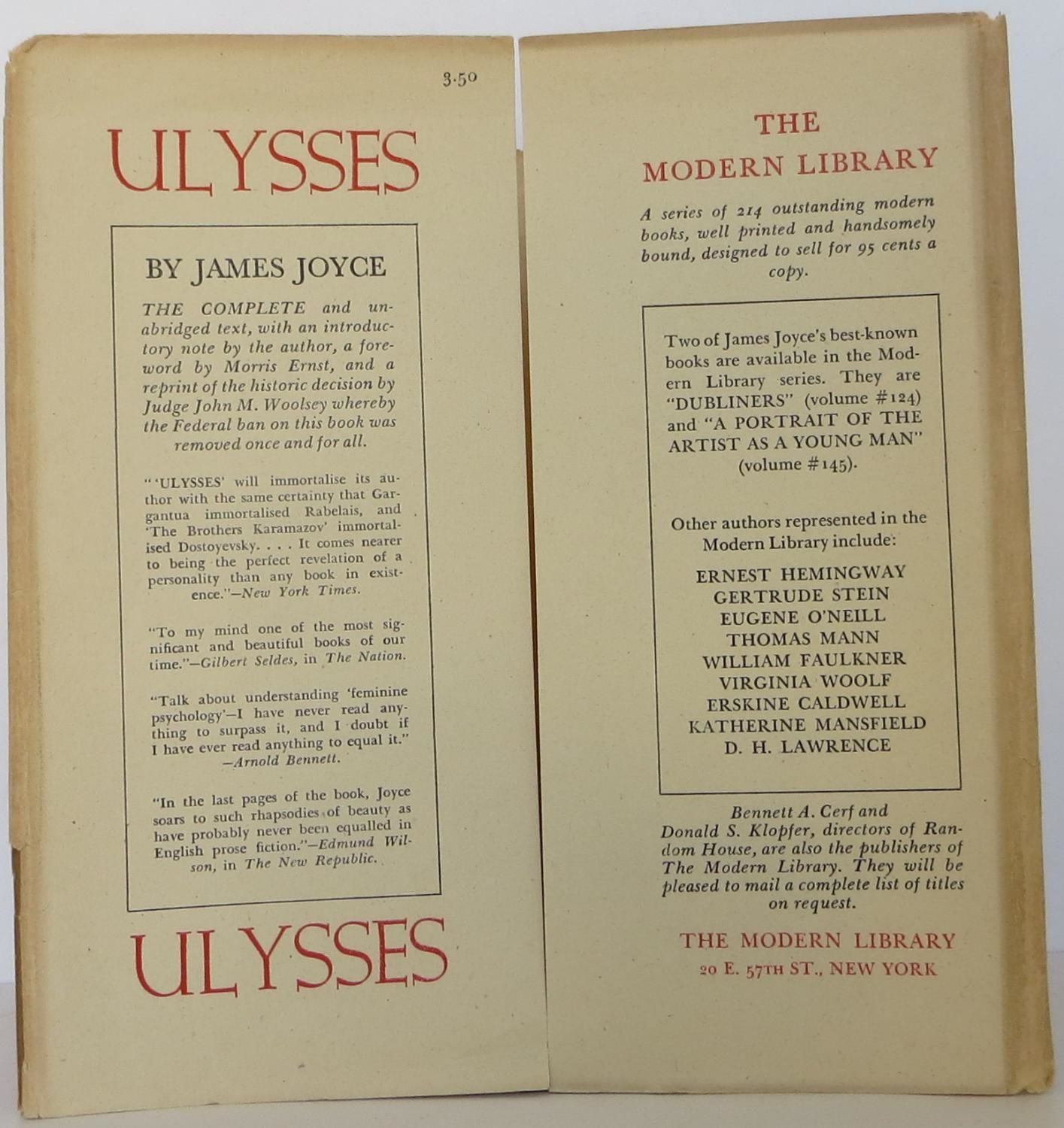

Taking precedence over encomiums and recitations, costumes and nostalgia is the book itself, 710 pages of inner monologue and dialogue, stream of consciousness, blank verse, Greek classics and the venues and byways of Dublin, 1904. The occasion will be marked by readings, discussions and a Bloomsday that blossoms like none before (on June 16, the day of Leopold Bloom’s peregrinations). James Joyce’s landmark modernist novel “Ulysses” turns 100 this year.

Seidman published by University of California Press.If you buy books linked on our site, The Times may earn a commission from, whose fees support independent bookstores. Recommended Annotations: Ulysses Annotated by Don Gifford with Robert J.1986 edition published by Bodley Head or Vintage. This is a reprint of the original 1922 text with notes by Jeri Johnson. The World’s Classics, Oxford University Press, 1993. In addition to this we would suggest reading Ulysses in tandem with a good set of annotations. We would recommend you get a text as close to the original 1922 text as you can and a more recent edition for the purposes of comparison. There are many editions of Ulysses available and many arguments to support any text you may choose. It is one of the most renowned pieces of writing in Ulysses and is famous for its celebration of this voluptuous, sensuous, opulent, abundant, independent, lush, and blooming woman. Molly Bloom in Ulysses is equated with Penelope in The Odyssey and the last chapter of the book is dedicated solely to her meanderings and musings. He acts as a father figure to the young Stephen who fulfils the role to some extent of a son for Bloom, whose own son died in infancy. Stephen is an arrogant young intellectual whom Bloom takes under his wing. A safe, moustached man who has his good points and slips off when the fun gets too hot.Īnother significant figure winding his way through the streets of Dublin in Ulysses is Stephen Dedalus, whom we first meet in A Portrait of the Artist as a Young Man. The story of a haunting sorrow is written on his face and his friends say that there’s a touch of the artist about old Bloom. He has a pale intellectual face in which are set two dark large lidded, superbly expressive eyes. We are told he is quiet and decent, a man of inflexible honour to his fingertips.

Throughout the novel, the reader is permitted to become wholly familiar with the inner workings of Leopold’s mind, but not given enough information about his physical appearance to form a clear mental picture of him. The main character in the book is Leopold Bloom, a non-practising Jew. The narrative parallels Homer’s Odyssey, but an in-depth knowledge of The Odyssey is not necessary for enjoyment of Ulysses. Ulysses deals with the opulence of personal thought and while we are ushered into its characters’ private worlds with ease, we know little about their exteriors. He began work in earnest in 1914, after the publication of A Portrait of the Artist as a Young Man, and the book was eventually published in 1922. He was self-possessed enough to gather all his epiphanies and begin arranging them to form notes. Initial preparation for Ulysses began in 1902 when Joyce was just twenty years old.

‘amid the insipissated grime of his glaucous den making believe to read his usylessly unreadable Blue Book of Eccles’ – Finnegans Wake Joyce even went so far as to poke fun at this fact in his even less intelligible Finnegans Wake: Ulysses is James Joyce’s most celebrated work and is lauded as being both a paragon of modernist literature, and famously hard to understand.


 0 kommentar(er)
0 kommentar(er)
